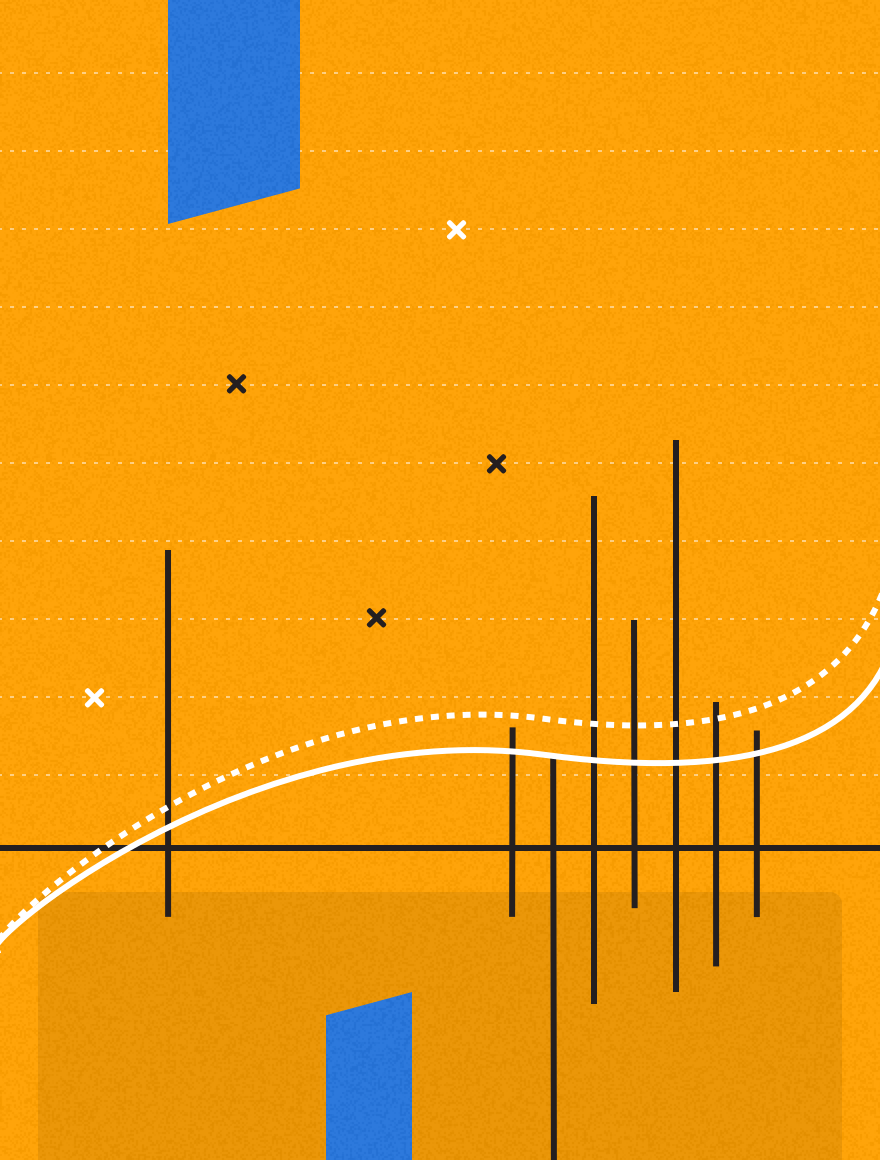When it comes to getting people to do the things that you want, engagement is critical. You have to capture their attention and give them both the motivation and means to take whatever action you want them to. Gamification provides a simple path to fostering that kind of engagement. By making things fun, and appealing to people’s competitive nature, you can get them to do all sorts of things, from exercising and sharing old photos to completing seemingly mundane tasks.
Gamification is a particularly effective tactic to use with apps. In fact, app gamification is often a sure-fire way to not only attract people to your app, but also ensure that they come back to it time and again. Below are five examples of apps that are using gamification successfully to do just that.
1. Fitocracy
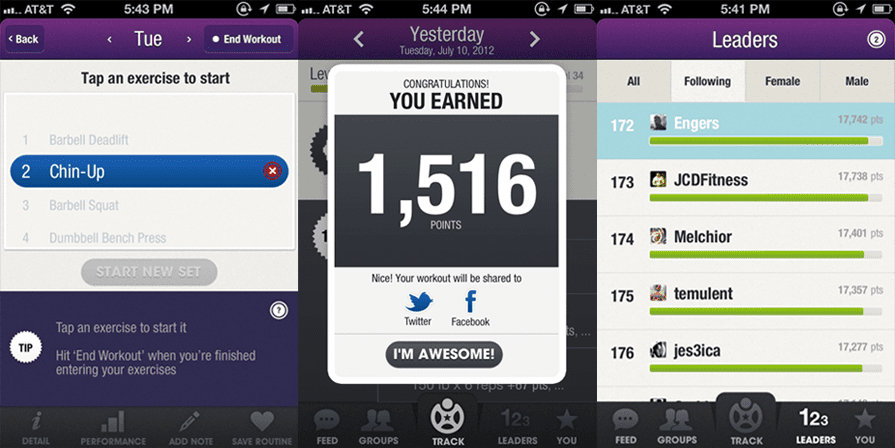
Named one of the top fitness apps of 2014 by Men’s Health, Fitocracy is an all-in-one app for getting in shape. In addition to giving you access to a personal coach, it will assess your health, set you up on a personalized nutrition plan, and create the custom workouts you need to meet your fitness goals. The gamification aspect of the app comes in when Fitocracy encourages you to complete various fitness levels, awards you badges when you’re successful, and pits you against others users to draw out your competitive edge.
2.Timehop
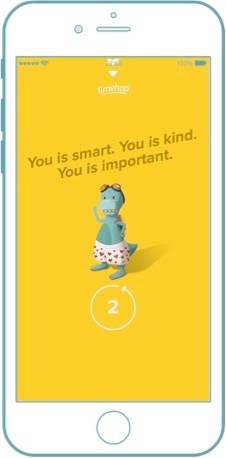
Timehop is an app designed to help people see the best moments from their past. It does this by showing you photos and status updates that you shared on the same date at some point in the past. So, for example, if you went surfing for the first time with friends three years ago today, it will notify you and encourage you to re-share your post. If you were on an exotic beach sipping a cocktail this time last year, it will remind you of that too. In Timehop’s case, the gamification part comes in the form of letting you know how many consecutive days you’ve shared a memory. The more days, the bigger your sharing streak. Amazingly people’s desire not to break their streak proves incredibly effective at keeping them coming back to share more.
3. Snapchat
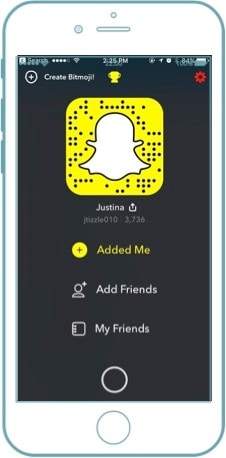
With 160 million daily users, Snapchat is becoming an increasingly popular platform for sharing stories photos consisting of videos, photos, and messages, often with quirky overlays and filters. Two things have made Snapchat an extremely popular app. The first is the fact that all of the content you share on it disappears almost immediately after being viewed, which goes a long way toward helping ensure users’ privacy. The second is the fact that the more you use the app, the higher a score you earn and the more trophies you’re awarded. While a high score or a raft of trophies won’t actually get you anything other than bragging rights among fellow users, it’s enough to help keep many people engaged and coming back to the app over and over.
4. Todoist
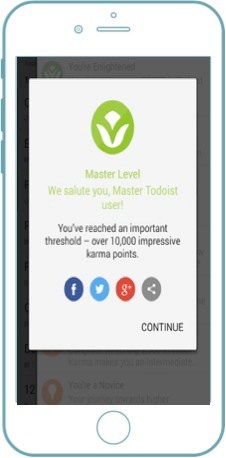
Want to get more done in your day? Todoist might be just what you need. As a productivity app, it’s designed to help you manage all of the tasks and projects you’re working on in your daily life, whether that’s at the office, at home, or at school. To make jobs like raking the leaves, completing all of the steps necessary to prepare for a big meeting, or finishing a school project fun, Todoist uses gamification. As you complete the tasks that you’ve assigned yourself you accrue positive karma. Conversely, if you fail to meet your deadlines or don’t do something that you were supposed to you get negative karma. It’s a straightforward concept, but it makes getting stuff done a lot more fun.
